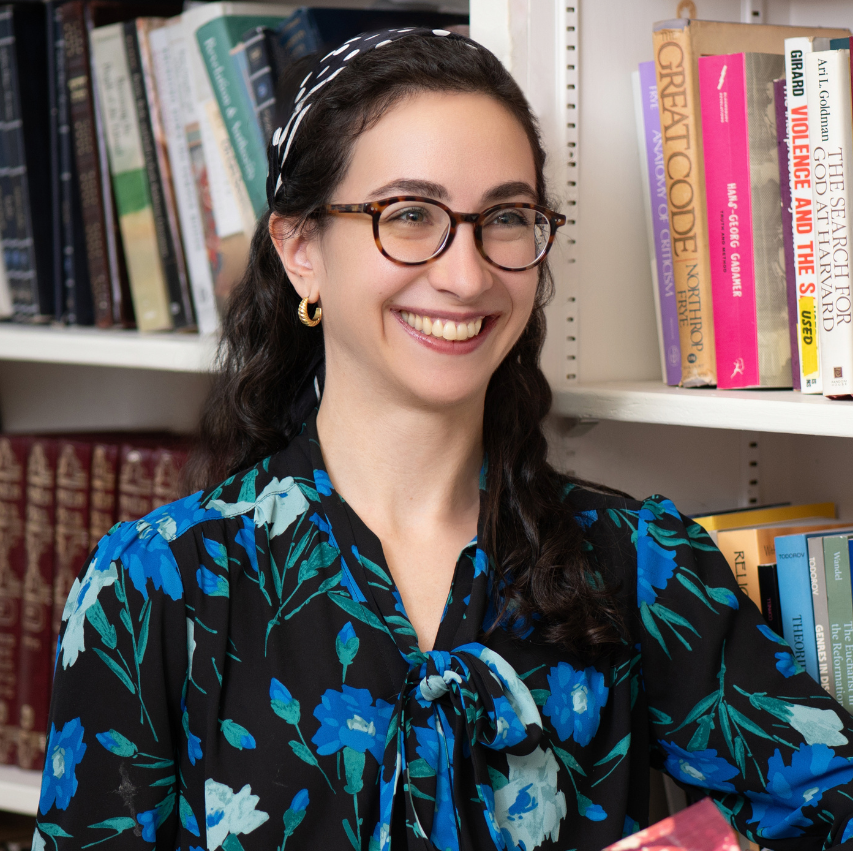Between Law and Narrative in the Talmud

Download Sources
Part of the series, The Space in Between: Thresholds and Borders in Jewish Life and Thought
With Dr. Sarah Wolf, Assistant Professor of Talmud and Rabbinics, JTS
The Talmud has classically been thought of as containing two genres: halakha, or law, meaning the often complex, technical, even arcane back-and-forth arguments about various legal scenarios and rulings; and aggadah, or narrative, meaning the stories about rabbis and their adventures with each other, Romans, supernatural beings, and other characters. This session presents the history of the law vs. narrative distinction in reference to the Talmud, and will show how this categorization became central to how Jews think about Jewish texts and Jewish learning more generally. We consider the limits of this binary by looking at some texts from the Talmud that seem to defy categorization, raising the question of what possibilities open up when we read Jewish legal texts as literature.
Lecture Notes
Sarah Wolf opened the session with a quote from Chaim Nachman Bialik, ” Halachah wears a frown, Aggadah a smile.”
She shifted the words halakhah and aggadah to law and narrative within the session. Historically people have seen these categories as distinct, but she felt that often Talmudic narratives are explanations of legal rulings and the halakhah provides a framework for crafting a story. Within the description of law in the Talmud, the reader is forced to construct the narrative that led to a specific proscription.
She posited that the space between law and narrative is thin and potentially non-existent.
References
Hayim Nahman Bialik, “Halachah and Aggadah”
Robert Cover, “Nomos and Narrative,” in Robert Cover, Narrative, Violence and the Law: The Essays of Robert Cover (Martha Minnow and Austin Sarat, eds. Ann Arbor: University of Michigan Press, 1992)
Barry Wimpfheimer, Narrating the Law (Philadelphia: University of Pennsylvania Press, 2011), Chapter 2
Alyssa Gray, “The Halakhic Canon as Literature: Reading for Jewish Ideas and Values,” CCAR Journal Spring 2020
About the Series
We are living in an undefined time: our daily existence is no longer dominated by the pandemic, yet neither have we settled into a new normal. This sense of being in transition—neither here nor there— can feel destabilizing; but is the time in between really temporary, or are we always living in between moments, identities, and phases of life?
In this series, JTS scholars will delve into the idea of liminality—the time or space in between—which we encounter often in Jewish ritual, identity, law, and life. Join us to consider what these many manifestations of “in-between-ness” can teach us about ourselves and about Judaism, and to explore how we might find strength and meaning in an orientation not of “either/or” but of “both/and.”
We will explore themes of borders, thresholds and transitions as they pertain to the story of Creation, gender, conversion, birth and death, the duality of living as a Jew in America, and more.
SPONSOR A SESSION
At JTS, we are committed to providing the Jewish community with outstanding classes in Judaic studies. We hope you will partner with us so that we can continue to do so. Did you know that you can sponsor a learning session to honor a loved one, celebrate an occasion, or commemorate a yahrzeit? You can find sponsorship information here.



